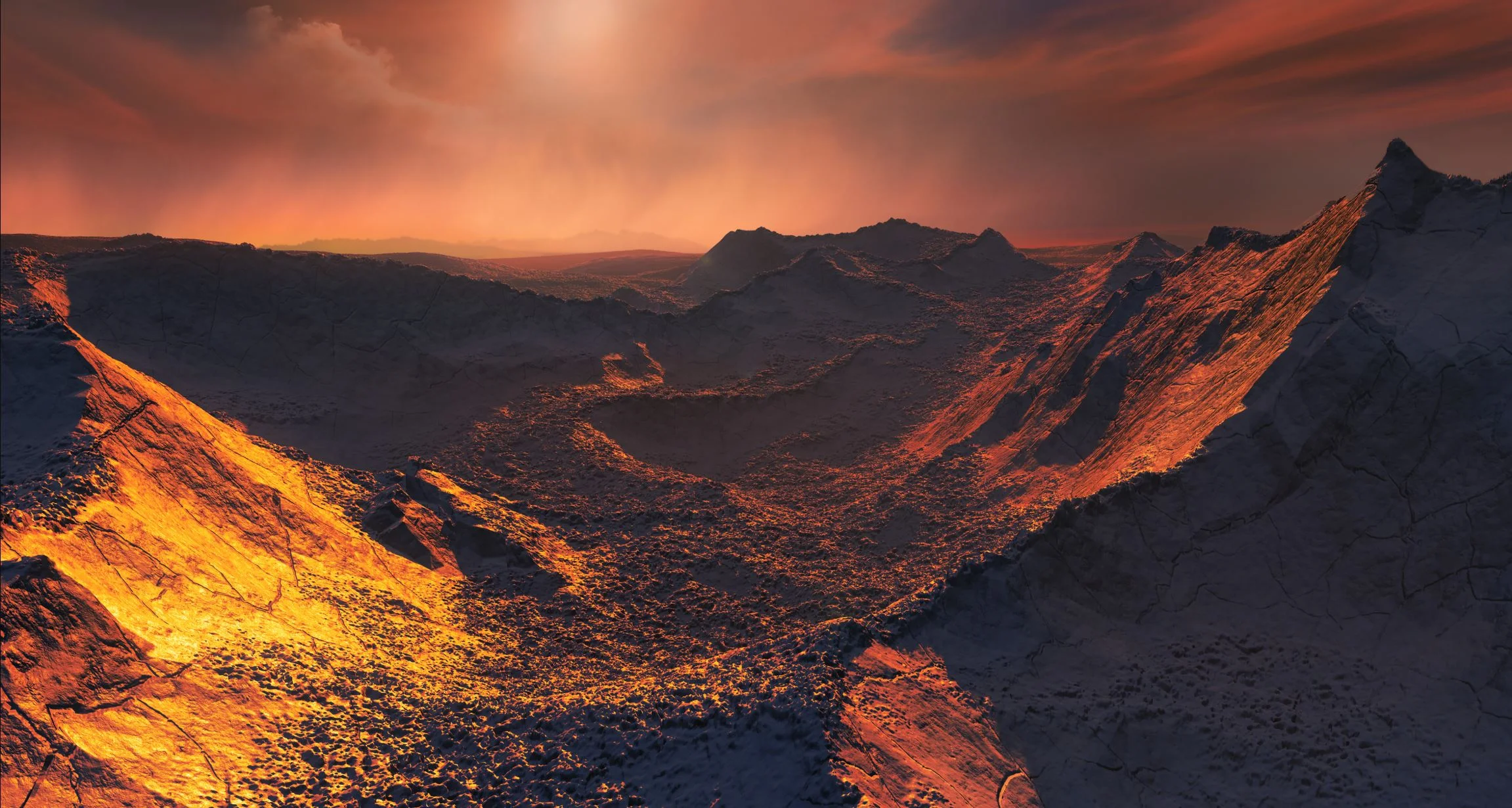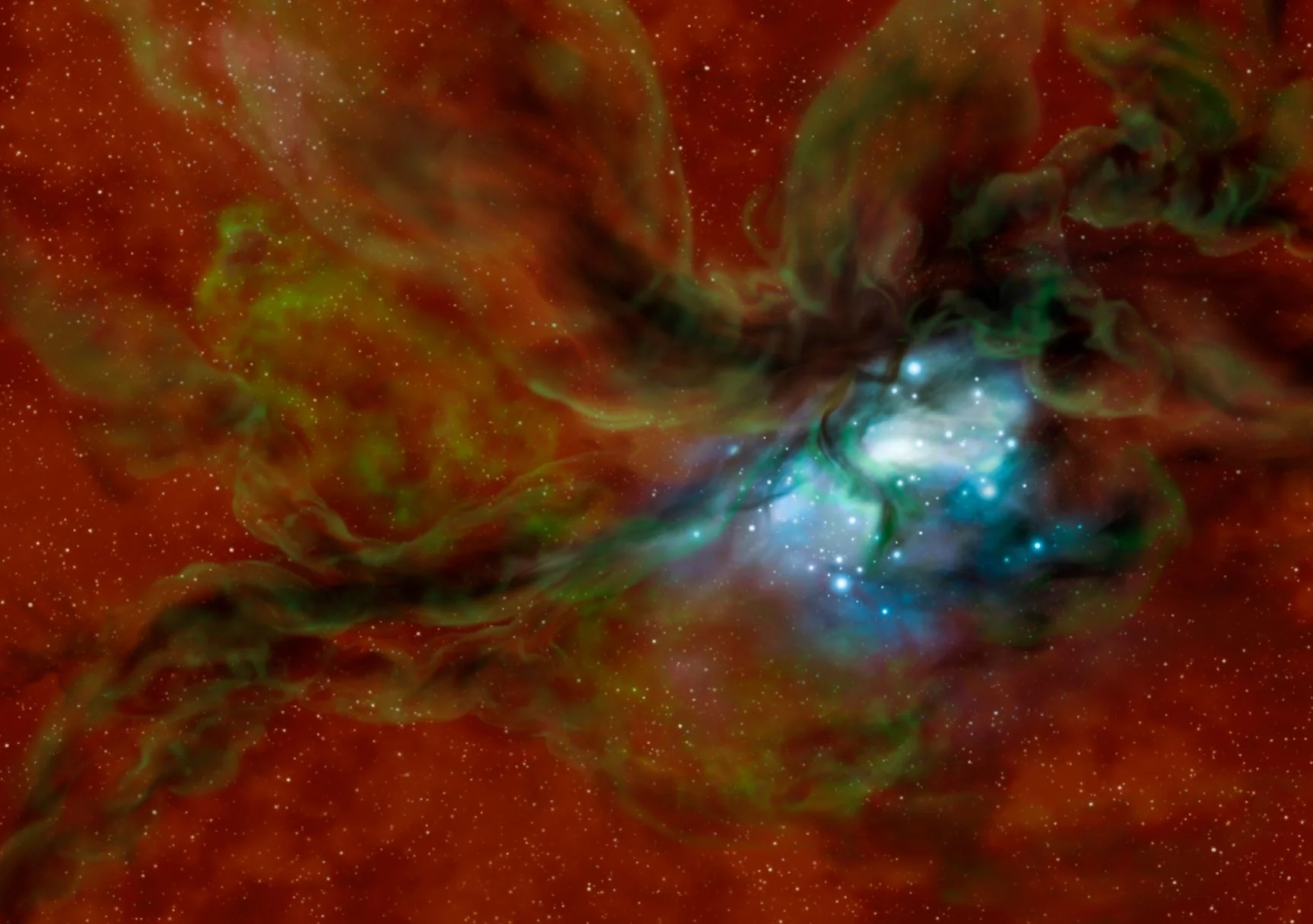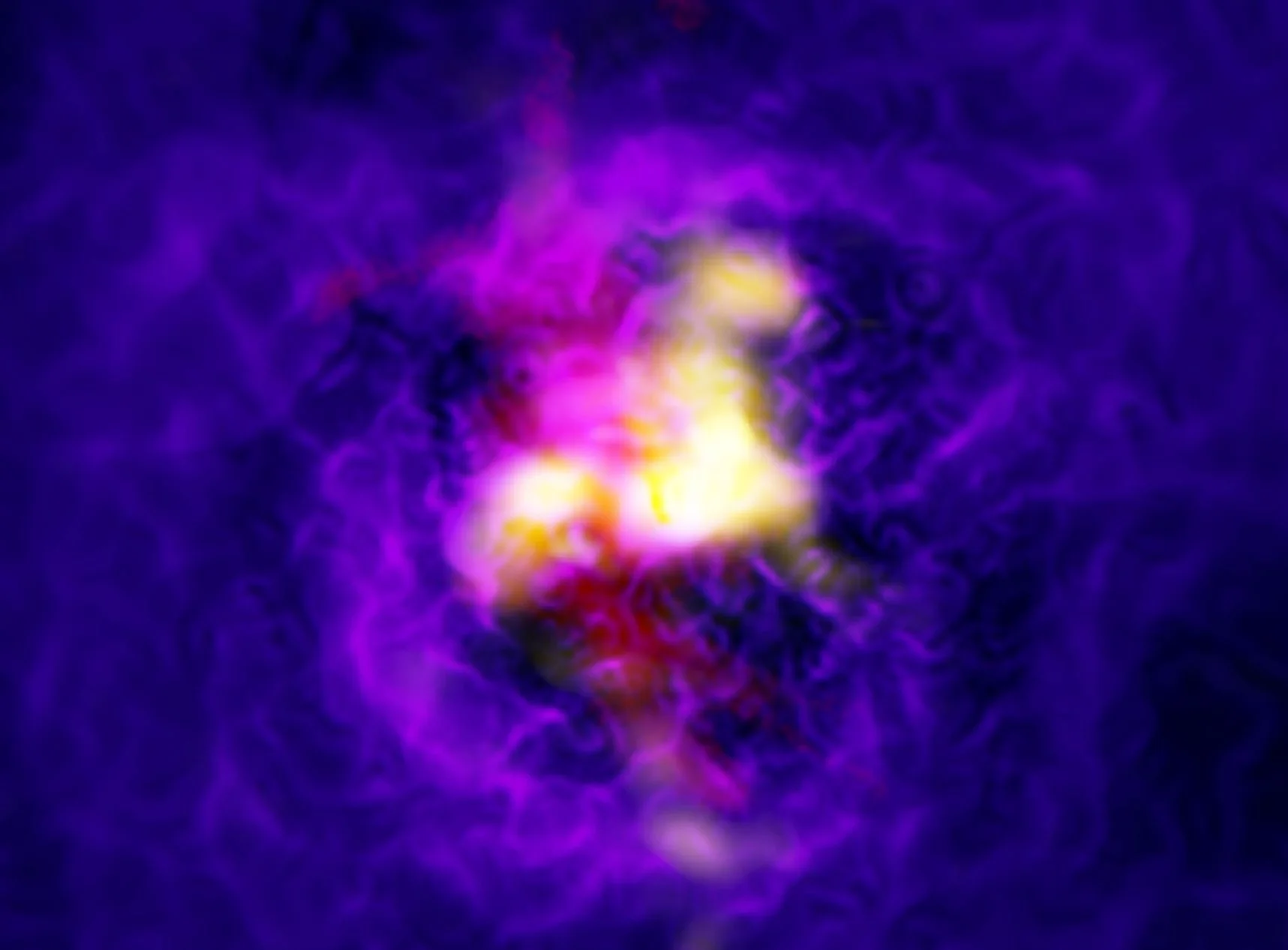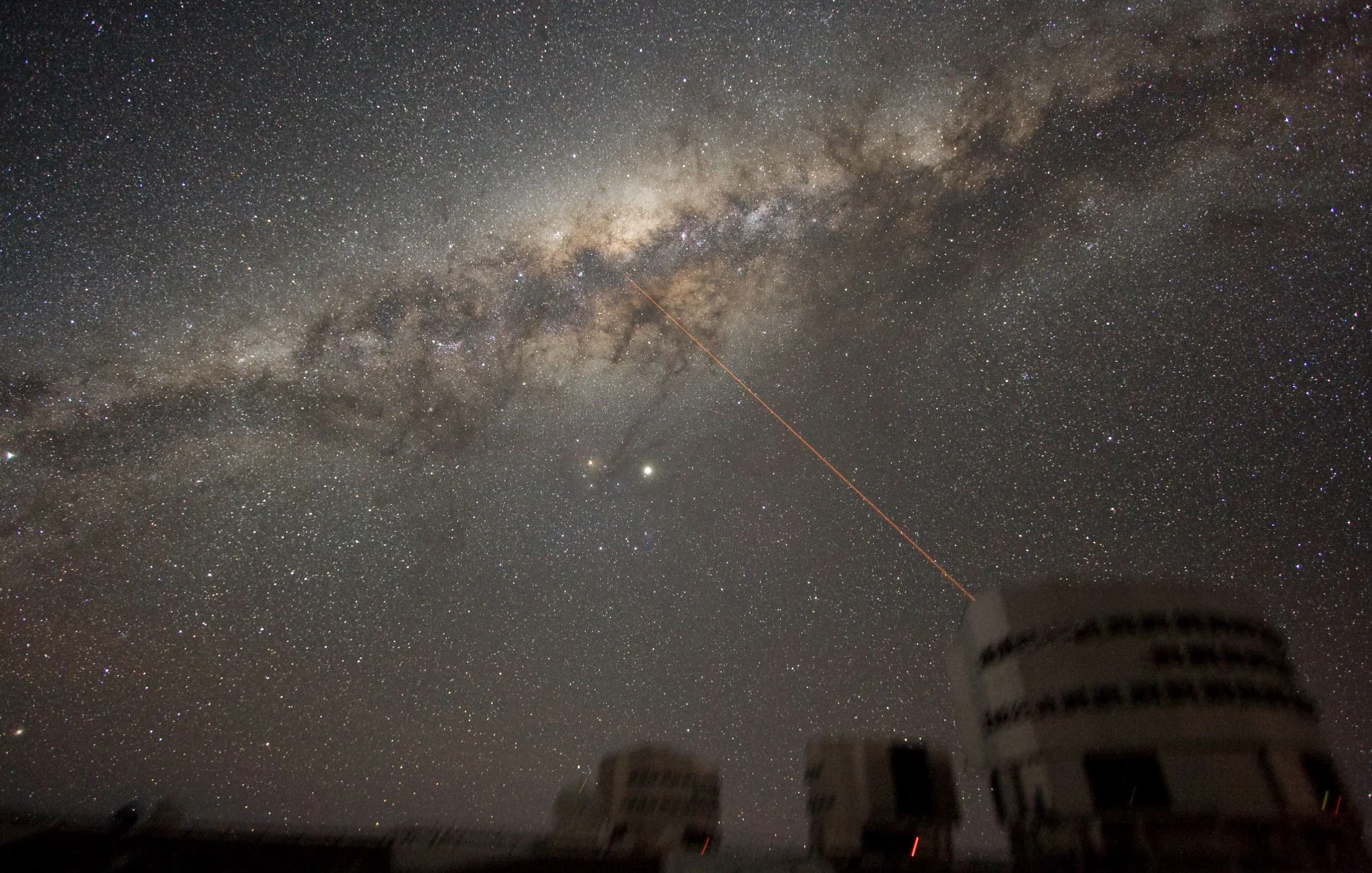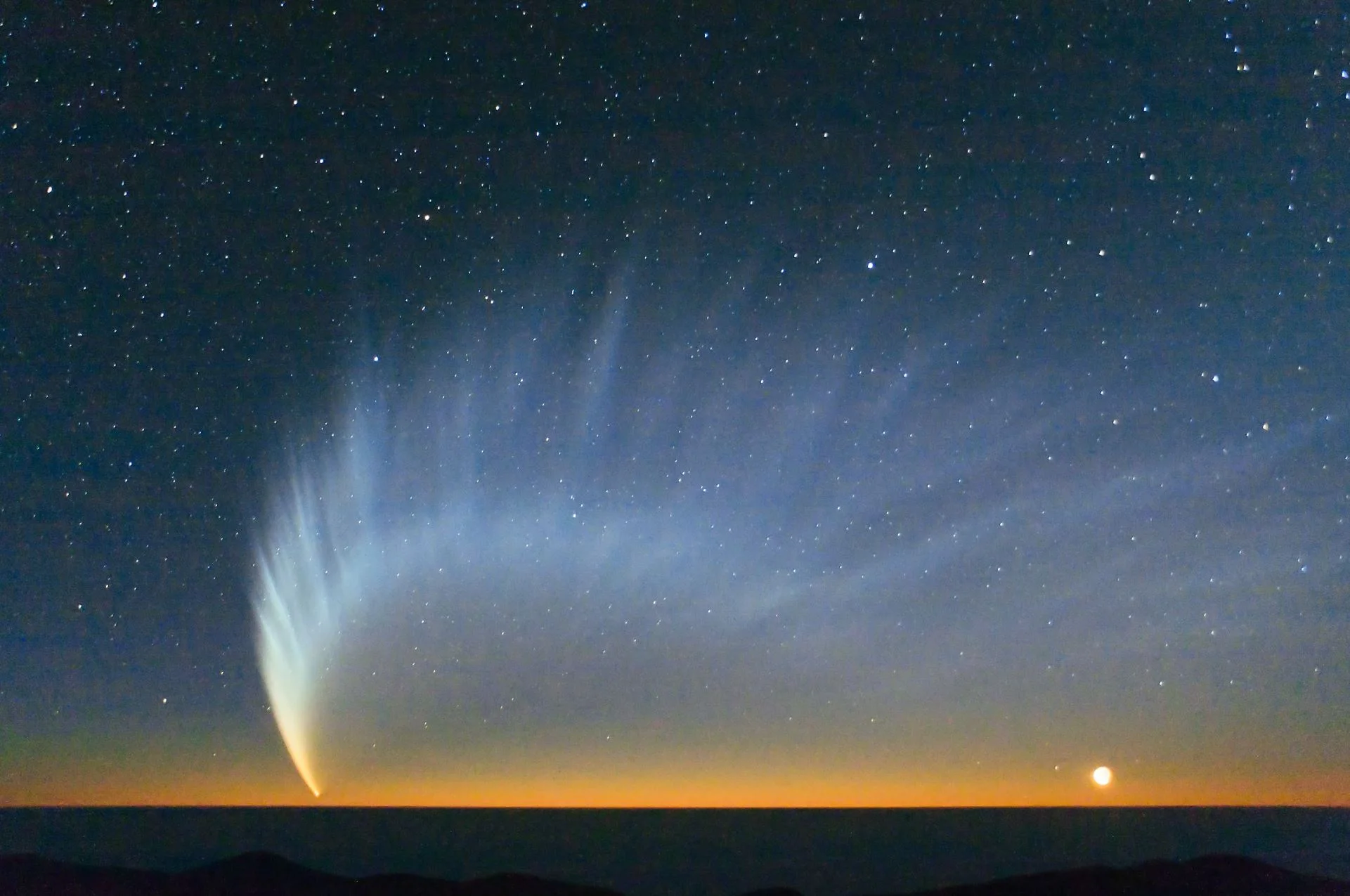The most luminous galaxy ever discovered is cannibalizing not one, not two, but at least three of its smaller neighbors, according to a new study published today (Nov. 15) in the journal Science and coauthored by scientists from NASA's Jet Propulsion Laboratory in Pasadena, California. The material that the galaxy is stealing from its neighbors is likely contributing to its uber-brightness, the study shows.
The kilogram is being redefined – a physicist explains
A super-Earth found in our stellar back yard!
Direct Observations of a Planet Orbiting a Star 63 Light-Years Away
In the past thirty years, the number of planets discovered beyond our Solar System has grown exponentially. Unfortunately, due to the limitations of our technology, the vast majority of these exoplanets have been discovered by indirect means, often by detecting the transits of planets in front of their stars (the Transit Method) or by the gravitational influence they exert on their star (the Radial Velocity Method)
Not all the Earth’s Water Came From Comets
Small Tissue Chips in Space a Big Leap Forward for Research
Ancient Star Found that’s Only Slightly Younger than the Universe Itself
According to the most widely-accepted cosmological theory, the first stars in our Universe formed roughly 150 to 1 billion years after the Big Bang. Over time, these stars began to come together to form globular clusters, which slowly coalesced to form the first galaxies – including our very own Milky Way. For some time, astronomers have held that this process began for our galaxy some 13.51 billion years ago.
Cosmic Collisions: SOFIA Unravels the Mysterious Formation of Star Clusters
Great Pyramid: how my research on ancient Egyptian poetry led to an amazing discovery
What began as an expedition to record the inscriptions of ancient Egyptian quarry workers produced a remarkable discovery about the Great Pyramid at Giza. My colleagues and I in the Anglo-French joint archaeological mission to the ancient quarry site of Hatnub recently revealed the existence of a well-preserved haulage ramp dating to the time of the Great Pyramid, roughly 4,500 years ago.
ALMA and MUSE Detect Galactic Fountain
Observations by ALMA and data from the MUSE spectrograph on ESO’s VLT have revealed a colossal fountain of molecular gas powered by a black hole in the brightest galaxy of the Abell 2597 cluster — the full galactic cycle of inflow and outflow powering this vast cosmic fountain has never before been observed in one system.
Experiments with optical tweezers race to test the laws of quantum mechanics
One might think that the optical tweezer – a focused laser beam that can trap small particles – is old hat by now. After all, the tweezer was invented by Arthur Ashkin in 1970. And he received the Nobel Prize for it this year - presumably after its main implications had been realized during the last half-century.
Could consciousness all come down to the way things vibrate?
Why is my awareness here, while yours is over there? Why is the universe split in two for each of us, into a subject and an infinity of objects? How is each of us our own center of experience, receiving information about the rest of the world out there? Why are some things conscious and others apparently not? Is a rat conscious? A gnat? A bacterium?
Dramatic galaxy collision filled the Milky Way with stars, astronomers discover
Imagine trying to map out your home town using only information you could gather from your window. Even with a pair of binoculars you’d find it a difficult task. Mapping out our own galaxy, the Milky Way, is a similarly daunting mission. Unlike other galaxies that we can view from a distance, we sit inside the Milky Way – around 26,000 light years from its center. This means that when we try to look at the opposite side of the galaxy, much of our view is blocked by the stars and dust in between.
New Insights on Comet Tails Are Blowing in the Solar Wind
Animal welfare: how to keep your pet happy during thunderstorms and fireworks
Mystery particle spotted? Discovery would require physics so weird that nobody has even thought of it
NASA Seeks Information for Gateway Cargo Delivery Services
NASA will lead the development of the Gateway, a permanent spaceship orbiting the Moon, to serve as a home base for human and robotic missions to the surface of the Moon and ultimately, Mars. The first orbiting lunar laboratory will be a temporary home and office for astronauts for up to three months at a time, with cargo deliveries likely scheduled when crew are not present.
The Mars InSight Landing Site Is Just Plain Perfect
No doubt about it, NASA explores some of the most awe-inspiring locations in our solar system and beyond. Once seen, who can forget the majesty of astronaut Jim Irwin standing before the stark beauty of the Moon's Hadley Apennine mountain range, of the Hubble Space Telescope's gorgeous "Pillars of Creation" or Cassini's magnificent mosaic of Saturn?
Most Detailed Observations of Material Orbiting close to a Black Hole
ESO’s exquisitely sensitive GRAVITY instrument has added further evidence to the long-standing assumption that a supermassive black hole lurks in the centre of the Milky Way. New observations show clumps of gas swirling around at about 30% of the speed of light on a circular orbit just outside its event horizon — the first time material has been observed orbiting close to the point of no return, and the most detailed observations yet of material orbiting this close to a black hole.


